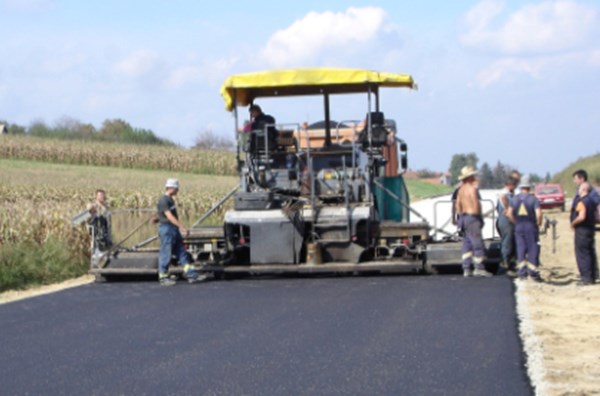Build and manage better road networks
The Foundations
Past development are described in the Volume 1 of the technical documentation of HDM-4. Key features are reproduced here.
The first move towards producing a road project appraisal model was made in 1968 by the World Bank. The first model was produced in response to terms of reference for a highway design study produced by the World Bank in conjunction with the Transport and Road Research Laboratory (TRRL) and the Laboratoire Central des Ponts et Chaussées (LCPC). Thereafter the World Bank commissioned the Massachusetts Institute of Technology (MIT) to carry out a literature survey and to construct a model based on information available. The resulting Highway Cost Model (HCM) produced by MIT (Moavenzadeh et al1971, 1975) was a considerable advance over other models used for examining the interactions between road work costs and vehicle operation costs.
A major field study was undertaken in Kenya by TRRL in collaboration with the World Bank which led to the first prototype version of the Road Transport Investment Model (RTIM) for developing countries in 1977. In 1976, the World Bank funded further development of the HCM model at MIT that produced the first version of the Highway Design and Maintenance Standards model in 1979 (HDM-I) (Harral et al, 1979).
Further work was undertaken in a number of countries (Caribbean, TRRL; India, CRRI; Brazil, GEIPOT) to extend the geographic scope of the RTIM and HDM models. The results of the TRRL study, driven by Clell Harral, John Rolt and Richard Robinson, were used to develop the RTIM2 model whilst the World Bank developed a more comprehensive model incorporating the findings from all previous studies and this led to HDM-III in 1987 (Watanatada et al, 1987). Both models were originally designed to be operated on mainframe computers and, as computer technology advanced, the University of Birmingham produced a microcomputer version of RTIM2 for TRRL in 1985 (Kerali et al, 1985). In 1989, the World Bank produced HDM-PC, a microcomputer version of HDM-III (Archondo Callao et al, 1989).
Further development of both models continued with TRRL producing RTIM3 in 1993 and in 1994 the World Bank produced two further versions of HDM: HDM-Q and HDM Manager.
-
Find out about the technical support service offered by HDMGlobal to help users use HDM-4 effectively.
-
For existing HDM-4 users, view the latest software release and the changes made before registering to receive the updates.
-
Find out about HDM-4 training courses offered by HDMGlobal and their partner organisations and other related events.








